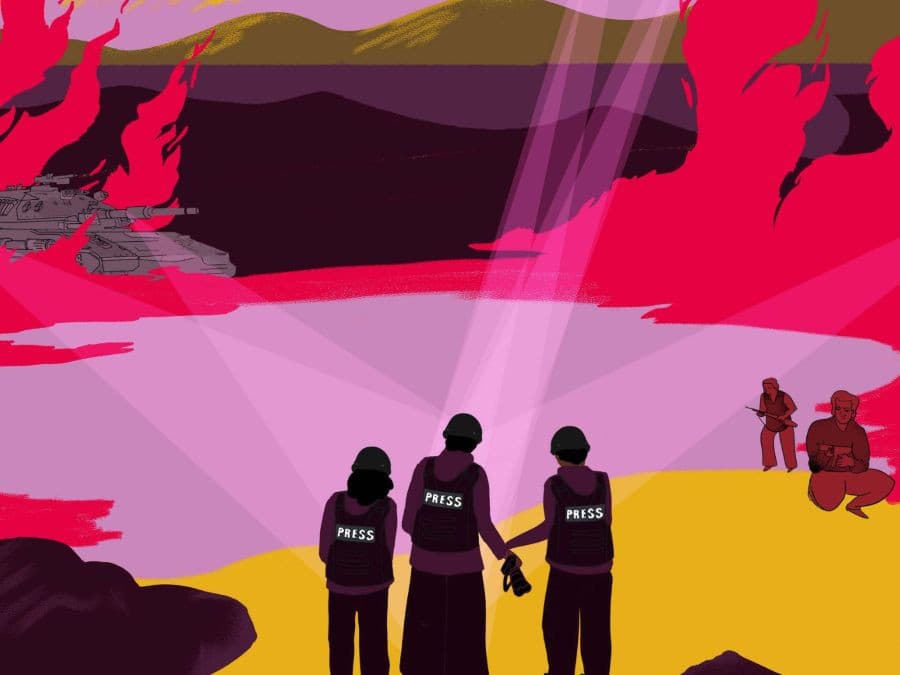"Who has been attacked and how in the past 30 years?"
Who has been attacked and how in the last 30 years Published: June 11, 2025. Comment by the President of the ANEM Board and the Commission for the Investigation of Journalist Murders, Veran Matić, on the statement by the President of Serbia that "there has not been an attack in the last 30 years like the one on the journalists of Informer."
Author: Veran Matić

First, let me reiterate that I condemn any form of violence. It is unacceptable in any form. It is particularly unacceptable towards female journalists and journalists, including "female journalists and journalists." Perpetrators of violence must be held accountable. As in other cases of attacks on media workers, I call on the relevant authorities to determine what exactly happened, and if necessary, to identify and prosecute the attackers.
However, the president evidently has double standards in this area: just as he openly shows that he is only the president to those citizens who support him, it is evident that he only perceives attacks on journalists who support him in the media context.
It is difficult to meaningfully comment on a statement claiming that this is the greatest attack in the past 30 years. I will only cite the most drastic examples of attacks that have occurred during that period:
In the past 30 years, the murder of Slavko Ćuruvija took place, the investigation was covered up, and when two first-instance sentences of 100 years were handed down, the Appellate Court acquitted the accused members of the State Security Service. It is difficult to justify this with an independent judiciary.
Today marks the 24th anniversary of the unsolved murder of Milan Pantić, with ongoing obstructions in the investigation.
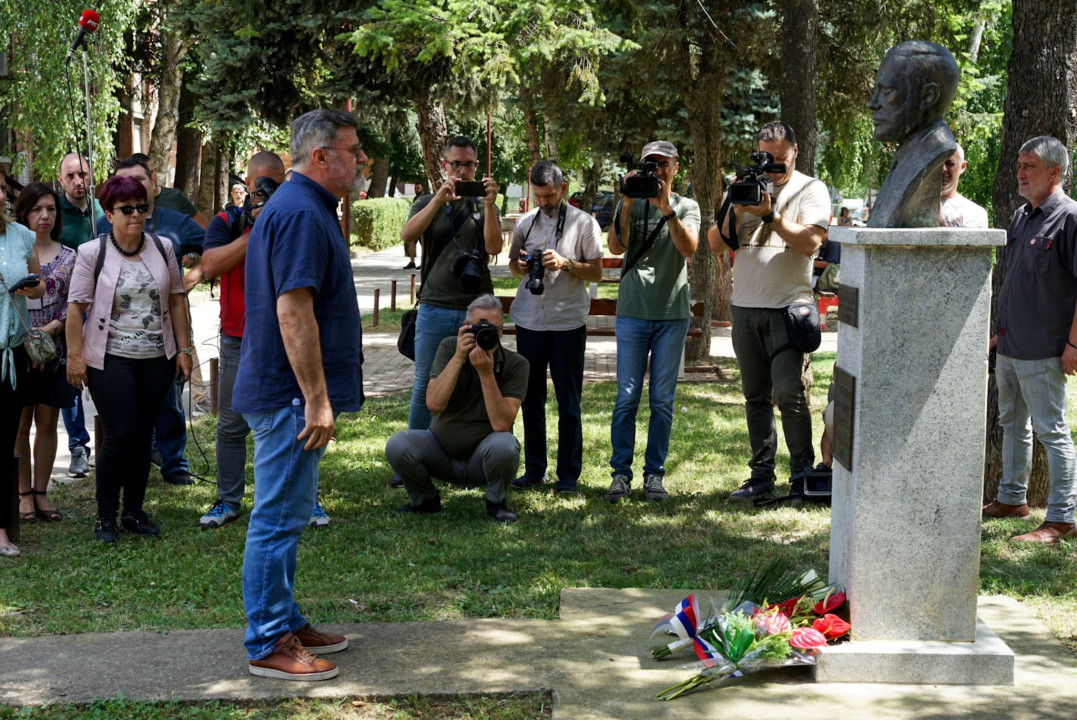
The death of Dada Vujasinović has never been classified as murder due to the manner in which the investigation (was not) conducted, despite more than enough indications that someone else ended her life. Now, after 30 years, the case has formally reached the statute of limitations.
The assassination attempt on Dejan Anastasijević and his family with two bombs placed at their window 26 years ago remains an unresolved case, with no prospects for resolution, even though Dejan himself conducted an investigation into the perpetrators and wrote about it.
The assassination attempt on Milan Jovanović by setting his house on fire only did not end tragically due to fortunate circumstances and the bravery of his wife.
This assassination attempt was preceded by the brutal beating of Željko Matorčević, editor of the Žig info portal. An unresolved case.
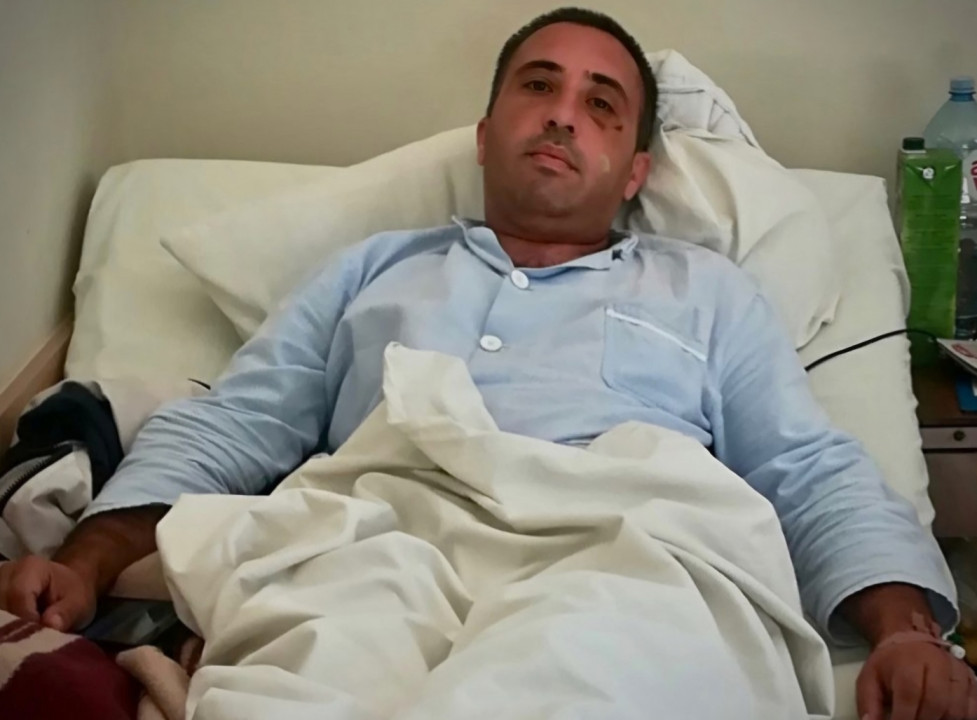
Žikica Stevanović, then a journalist for Beta, now Insider, was brutally beaten at protests in 2020. Another unresolved case.
The physical assault by the editor of the tabloid Srpski Telegraf on journalist Vuk Cvijić was documented by surveillance cameras and police reports. The prosecution does not find that the attacker should be prosecuted ex officio.
In these 30 years, Brankica Stanković and I have been under police protection 24/7 for more than 6 years, yet no one has been sanctioned. Just yesterday, there were chants with insults and threats directed at Brankica during a Partizan match. She lives under continuous threats that are sent in this manner.
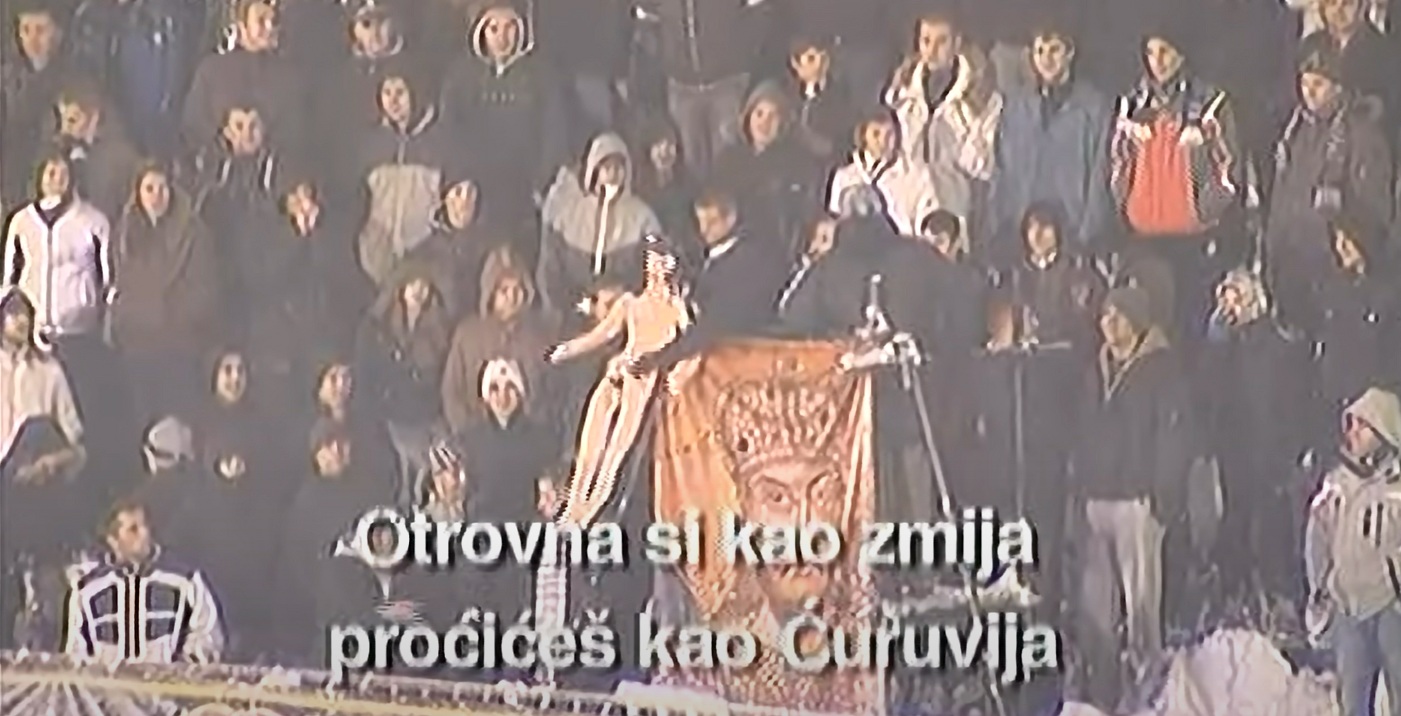
In the last couple of years, several female journalists and journalists have had to utilize safe house mechanisms and relocate from Serbia due to the brutality of threats and attacks against them, especially in the past year and a half.
The horrifying terrorist threat against the editorial team of Danas remains unresolved, with more than 90 percent of reported cases from the United Media group unresolved...
Three break-ins at the apartments of KRIK journalists have never been resolved.
Digital spying on journalists reported in March of last year, proven by international expertise, has not been prosecuted by the police, despite the prosecutor's urgencies.
Just last year, in two cases of drastic threats against our female colleagues, arrests were made, followed by judicial decisions allowing the accused to defend themselves from house arrest, which they exploited to flee—one to France with no efforts from the institutions to have him extradited, and the other, previously convicted as a minor for murder, was apprehended again.
Since the beginning of November 2024, dozens of female journalists, journalists, and cameramen have been physically attacked, from throwing cameraman Juronjuza to the ground with a wrestling maneuver in Novi Sad, to hitting the back of N1's cameraman in the vicinity of Kosjerić with fists and feet. Now, almost daily, we have instances of attacks on the hands and theft of phones or damage to cameras of numerous female journalists and journalists. All of this is covered up as minor bodily injuries so that journalists themselves must sue, rather than it being institutional protection of freedom of speech, ex officio.
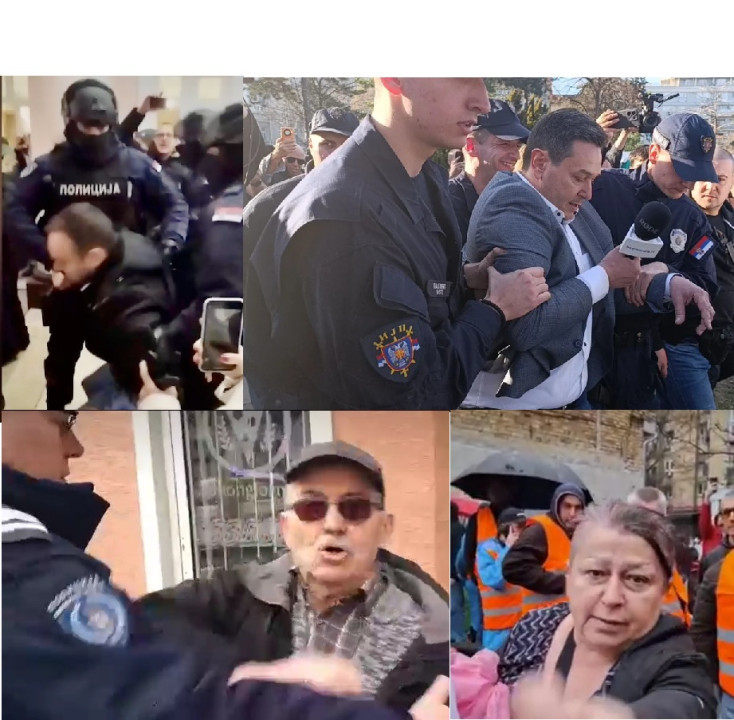
A few days ago, a YouTuber and his cameraman were beaten in Pionirski Park. It has become a no-go zone, as perpetrators do not allow any activities by independent journalists. This is the most accurate depiction of Serbia and the conditions under which female journalists and journalists work today.
Increase in Physical Attacks
Since the protests began in November last year, there has been an unprecedented increase in physical attacks on female journalists and journalists compared to the previous period. Not a day goes by without someone calling the SOS phone to report threats and attacks against journalists, feeling endangered in various ways.
This is much higher than in previous years when physical attacks were truly rare—there were far more threats and insults via social media, in comments on media portals that were attacked, and through direct messages. In the last 5 years, a total of 17 physical attacks on colleagues have been reported to state authorities, while in just the last 6 months we have over 30 such violent assaults.
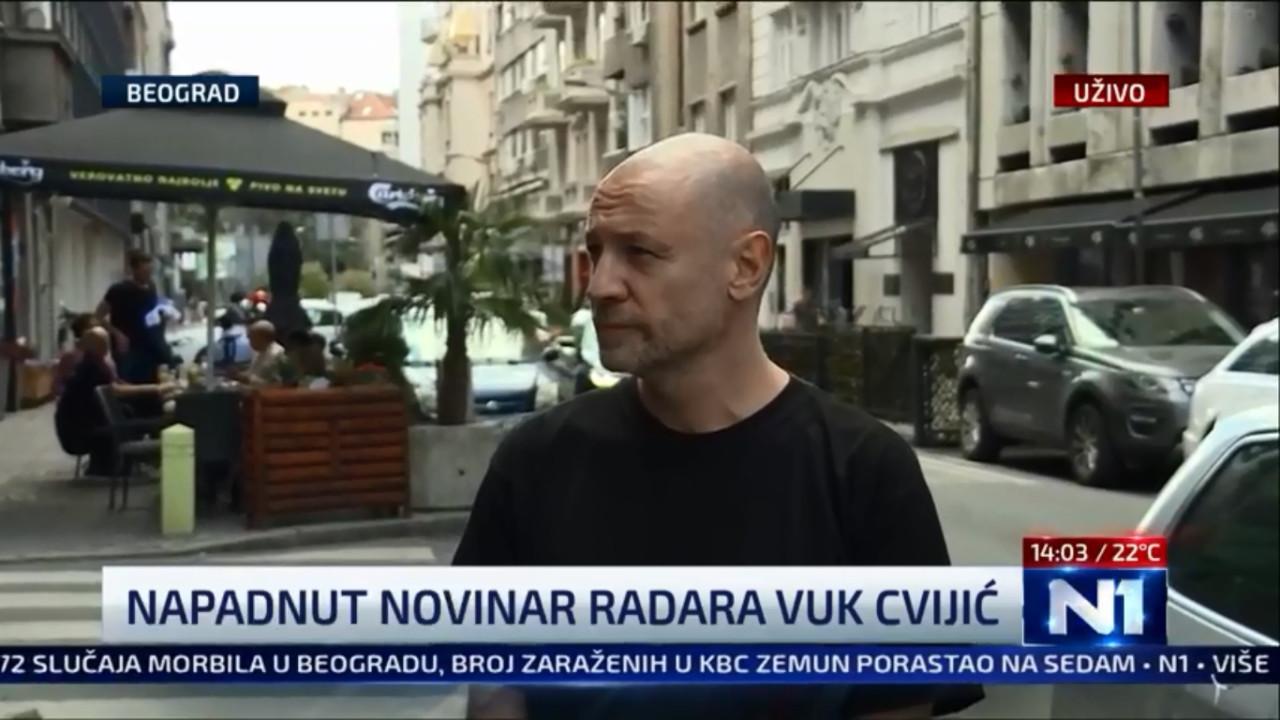
In 2024, a trend was registered showing a higher number of attacks on female journalists than on male journalists, and they are particularly endangered not only by physical attacks but also by horrifying threats and disturbing messages received via social media or personal messages. Media workers such as cameramen are becoming especially vulnerable, as they have the least ability to defend themselves while working.
The efficiency of the Ministry of Interior in investigating attacks and threats against journalists has drastically decreased in the past year and the first few months of this year, as has the performance of prosecutors.
In a very small number of cases, threats and attacks have been resolved by court rulings and punishments for the perpetrators. On our portal, Safe Journalists, we publish statistics compiled by the Republic Public Prosecutor's Office on cases reported by media workers to contact points from the police and prosecutor's offices. More than half of reported cases are either dismissed by the prosecution or the court as groundless for criminal prosecution ex officio, or the police do not respond to the prosecutor's urgencies for collecting evidence.
We in the media have been experiencing a "perfect storm" in recent years—a combination of threats, violence, SLAPP lawsuits, acquittals for the most heinous murders, and on top of that, unprecedented insults and targeting of female journalists, journalists, and media by the highest representatives of the government.
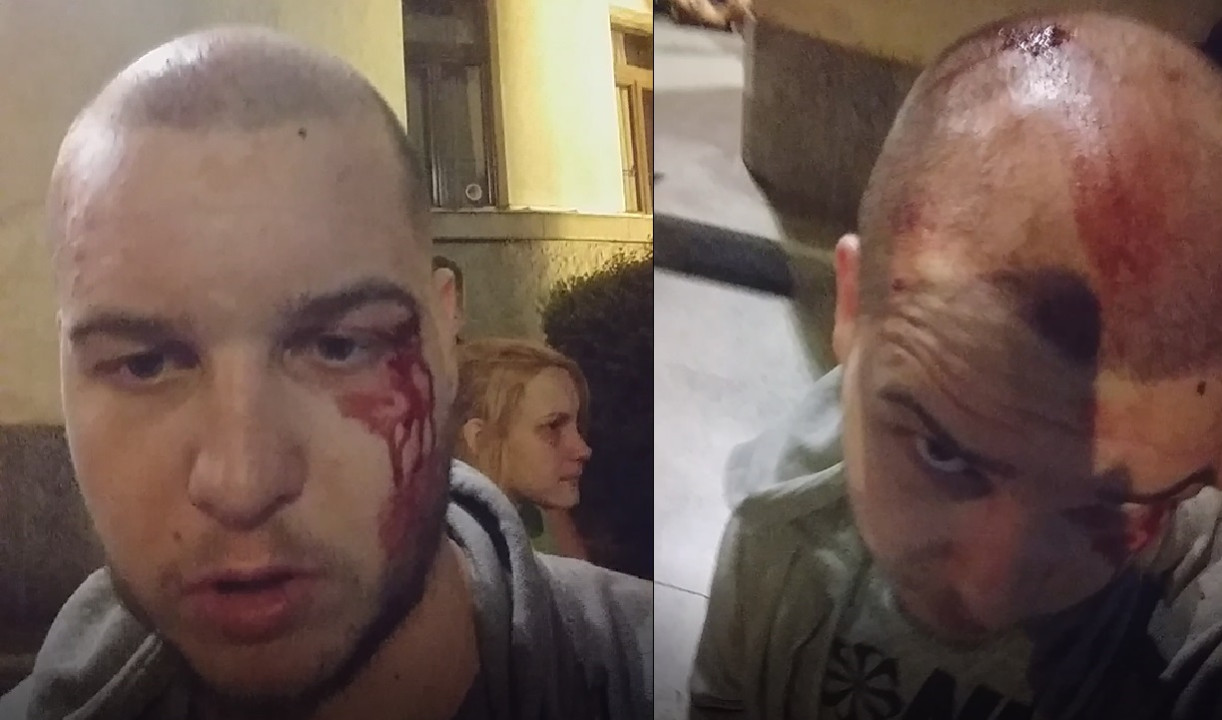
Professional journalists and media in small towns in Serbia are particularly endangered, often without effective protection. A larger number of attacks on journalists go unreported due to a lack of trust in institutions, a belief that there will be retaliation, and a lack of systemic protection... Because of this, Serbia will soon be left without professional journalism. This poses a direct threat to national security.
And this is happening at every level.
The citizens of Serbia are under repression, and journalists are merely the most visible first line in this situation.
Related Articles

The new (ab)normality in Serbia: The two worst years for media in Serbia since 2000.

Project co-financing results: The largest amounts awarded per project in 2025.





